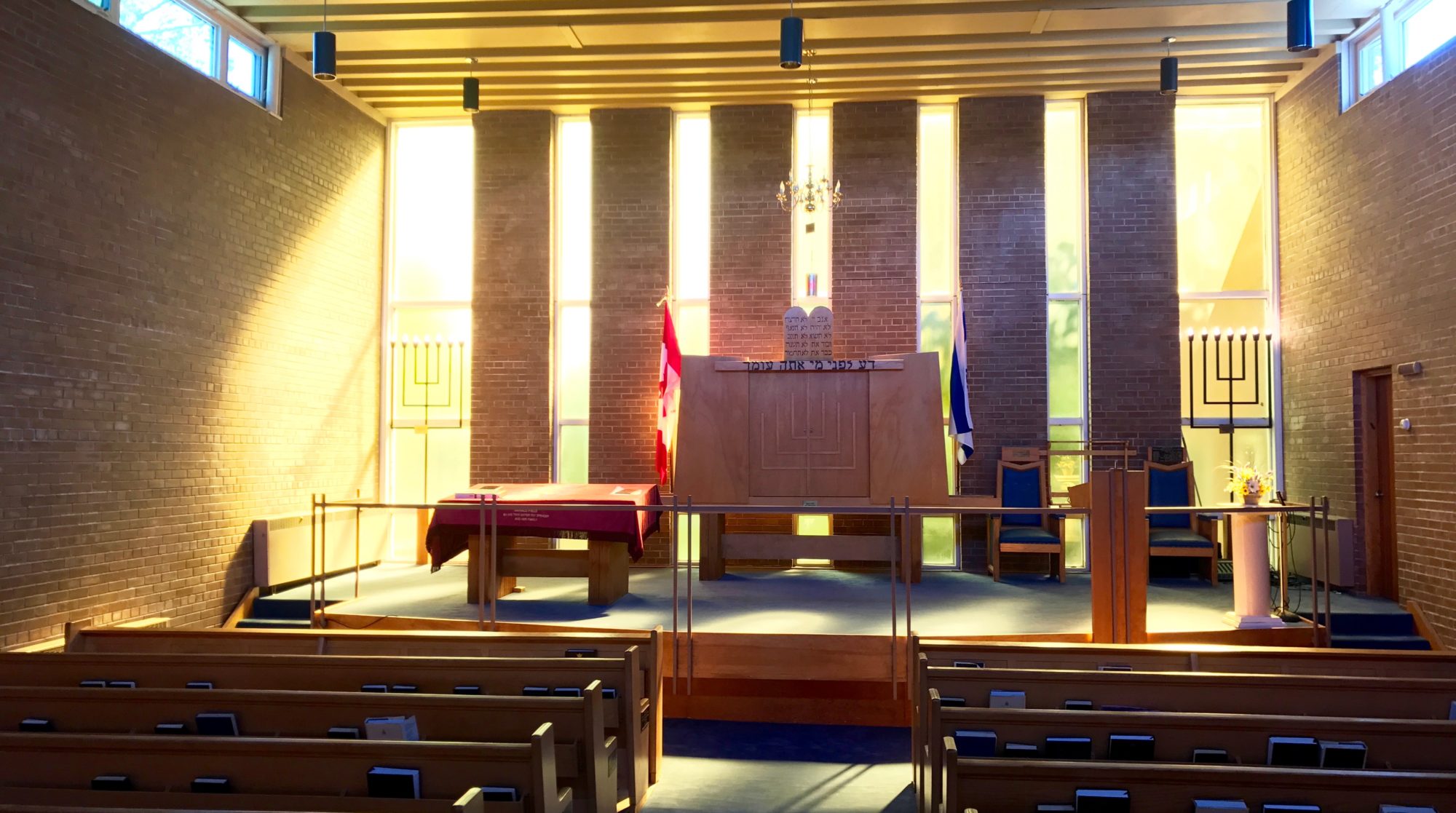Haftarah to Pinchas and 17 Tammuz
by Jacques Abourbih
Today is a dark day in the history of our people. Today nearly three thousand years ago Nebuchadnezzar and his Babylonian forces breached the walls of Jerusalem after many months of siege. Eighteen years later Beit Hamikdash, Solomon’s temple was destroyed 410 years after it was built.
This day is the beginning of the Three Weeks, an annual period of mourning over the destruction of the first and second Temples in Jerusalem, culminating with Tisha B’Av.
It is a day of mourning and fasting. Simchas should be toned down in remembrance of this national tragedy, which after the destruction of the Second Temple by Titus marked the beginning of long night of the Diaspora.
Most years, unlike this year, this Parasha follows the 17 of Tammuz. Yesterday at the Synagogue Scott and I were discussing the choice of the Haftarah when Parashah Pinhas precedes the fast of17 Tammuz. It is taken from I Kings 18:46-19:21. Scott was questioning why the particular relevance of this passage to the Torah reading when Parasha Pinchas precedes the fast of 17 of Tammuz.
As you recall the Haftarah usually has a thematic link to the Torah reading. In Parasha Pinchas we are told about Pinchas who acted courageously and zealously to stop an act of immorality from being performed publicly by Zimri with a Midianite princess. The Parshah concludes with a detailed list of the sacrificial offerings for all the major holidays. This ritual has been interrupted for over 2 000 years since the destruction of the Second temple in CE 70.
Likewise the Haftarah opens with the prophet Elijah challenging the worshippers of Ba’al, the cult instituted by Jezebel. Elijah does so by staging one of the most formidable public demonstrations. Elijah withdraws to Mount Horeb to escape the wrath of Jezebel. There, he witnesses the power of g-d who rents mountains with a strong wind, and earthquake, and fire. “But the Lord was not in the wind; and after the wind an earthquake; but the Lord was not in the earthquake; and after the earthquake a fire; but the Lord was not in the fire; and after the fire a still small voice.” (I Kings 19:11-12)
The message that God reveals to Elijah on Mount Sinai is that the big productions are not enough to educate people in the covenant.
Elijah had to learn a lesson: Patience and a commitment to educate the people over a long period of time is necessary to inculcate covenantal values. A more profound and personal relationship with God must be developed. The people would have to learn to listen to the still small voice of God amidst the noise of human life.
——————————————————————————————–
1 No one knows for certain the origins of reading the haftarah, but several theories have been put forth. The most common explanation, accepted by some traditional Jewish authorities is that in 168 B.C., when the Jews were under the rule of the Seleucid king Antiochus IV Epiphanes, they were forbidden from reading the Torah and made do with a substitute. When they were again able to read the Chumasheh TorahPentateuch they kept reading the haftarah as well.
An alternative explanation, offered by Rabbis Reuven Margolies and Samson Raphael Hirsch, is that the haftarah reading was instituted to fight the influence of those sects in Judaism that viewed the Jewish Bible as consisting only of the Pentateuch.
But all offered explanations for the origin of reading the haftarah have unanswered difficulties.
Certainly the haftarah was read — perhaps not obligatorily or in all communities — as far back as circa A.D. 70: The Talmud mentions that a haftarah was read in the presence of Rabbi Eliezer ben Hyrcanus, who lived at that time.
